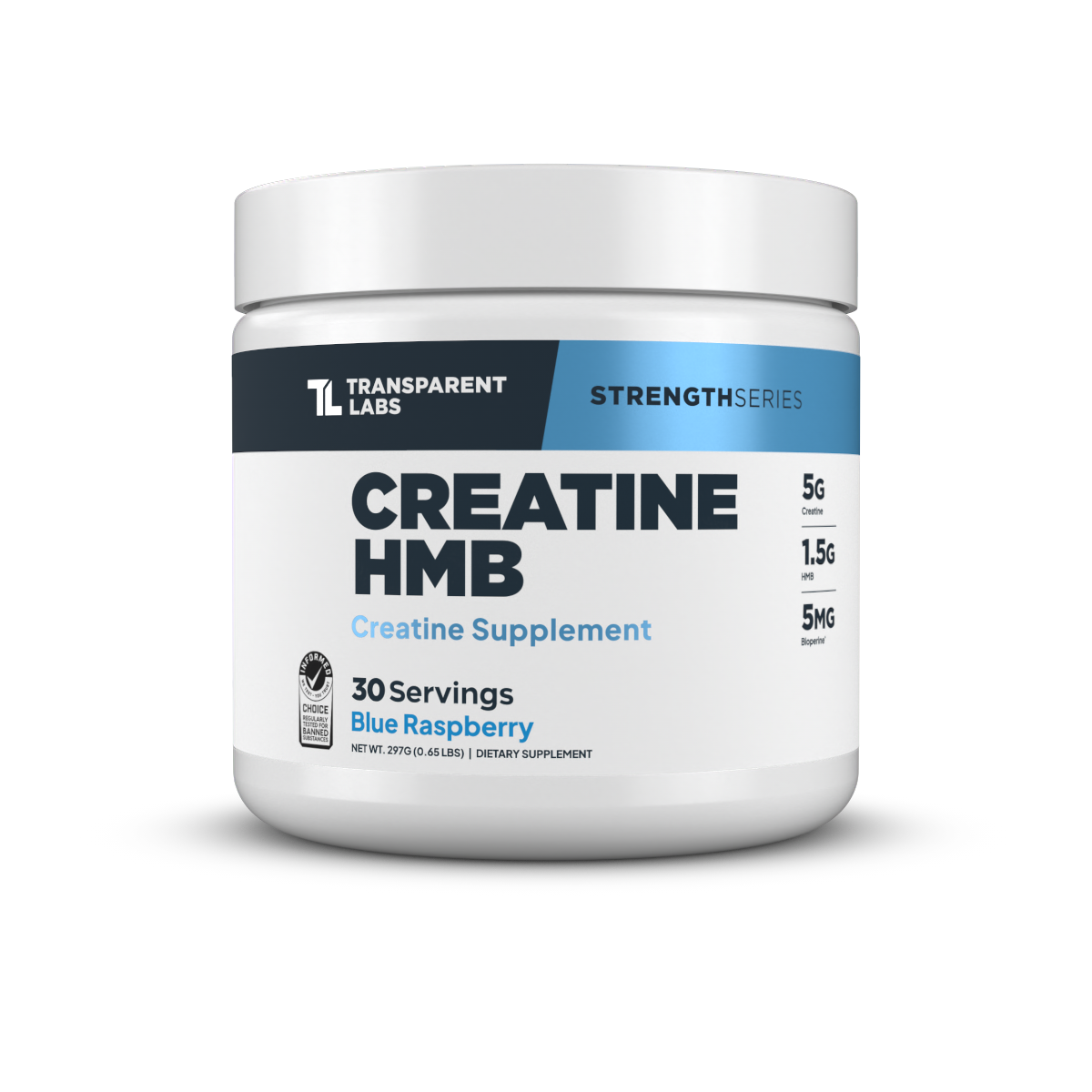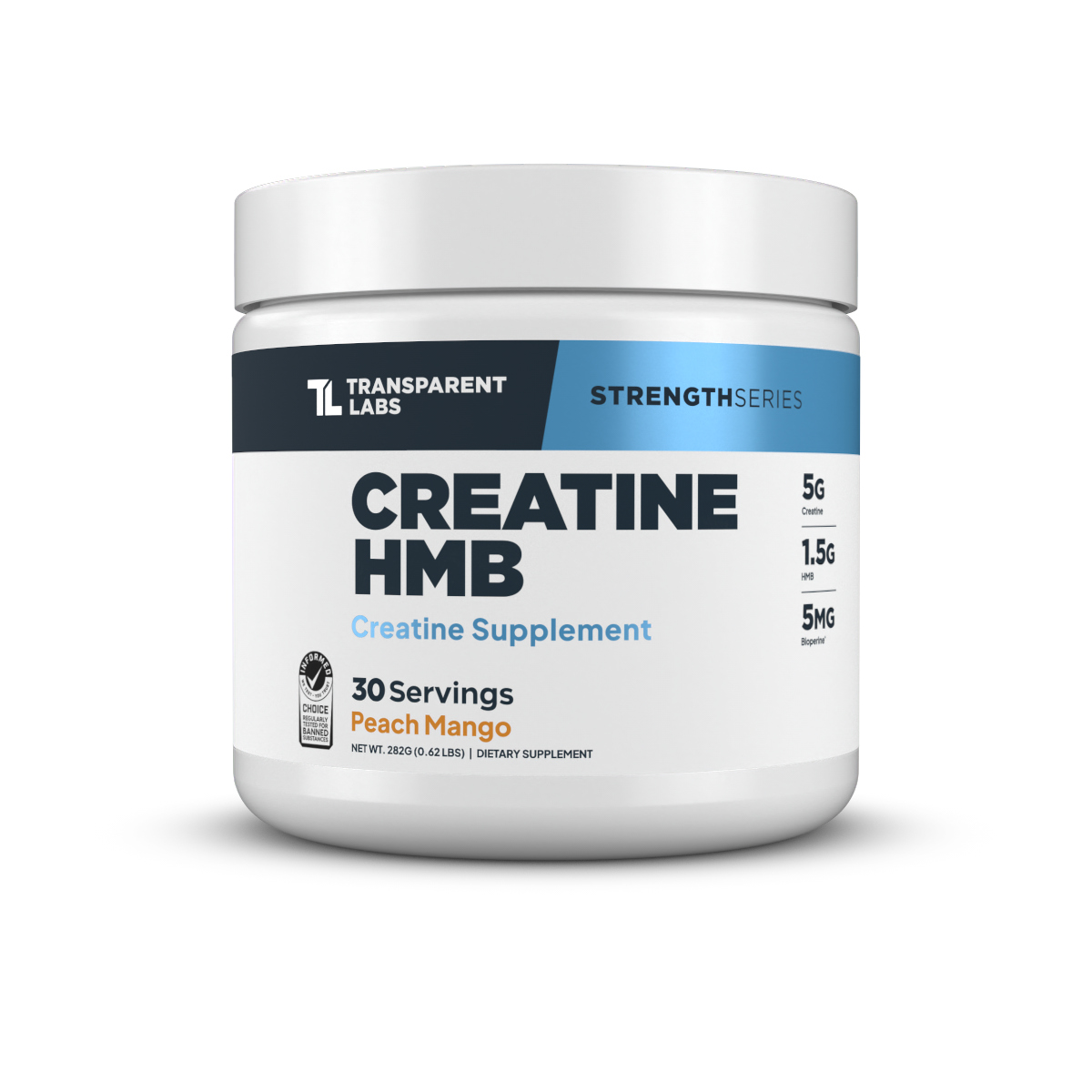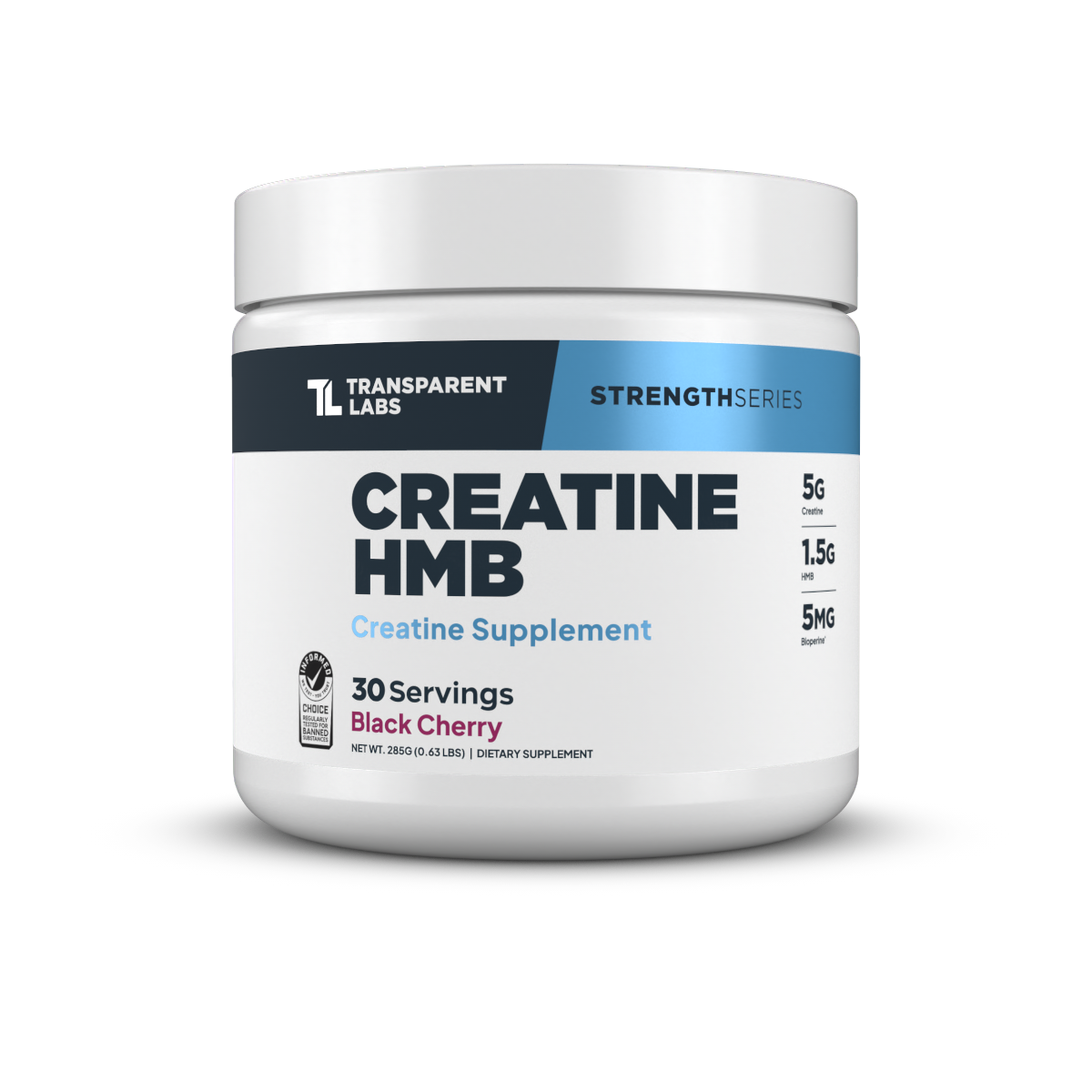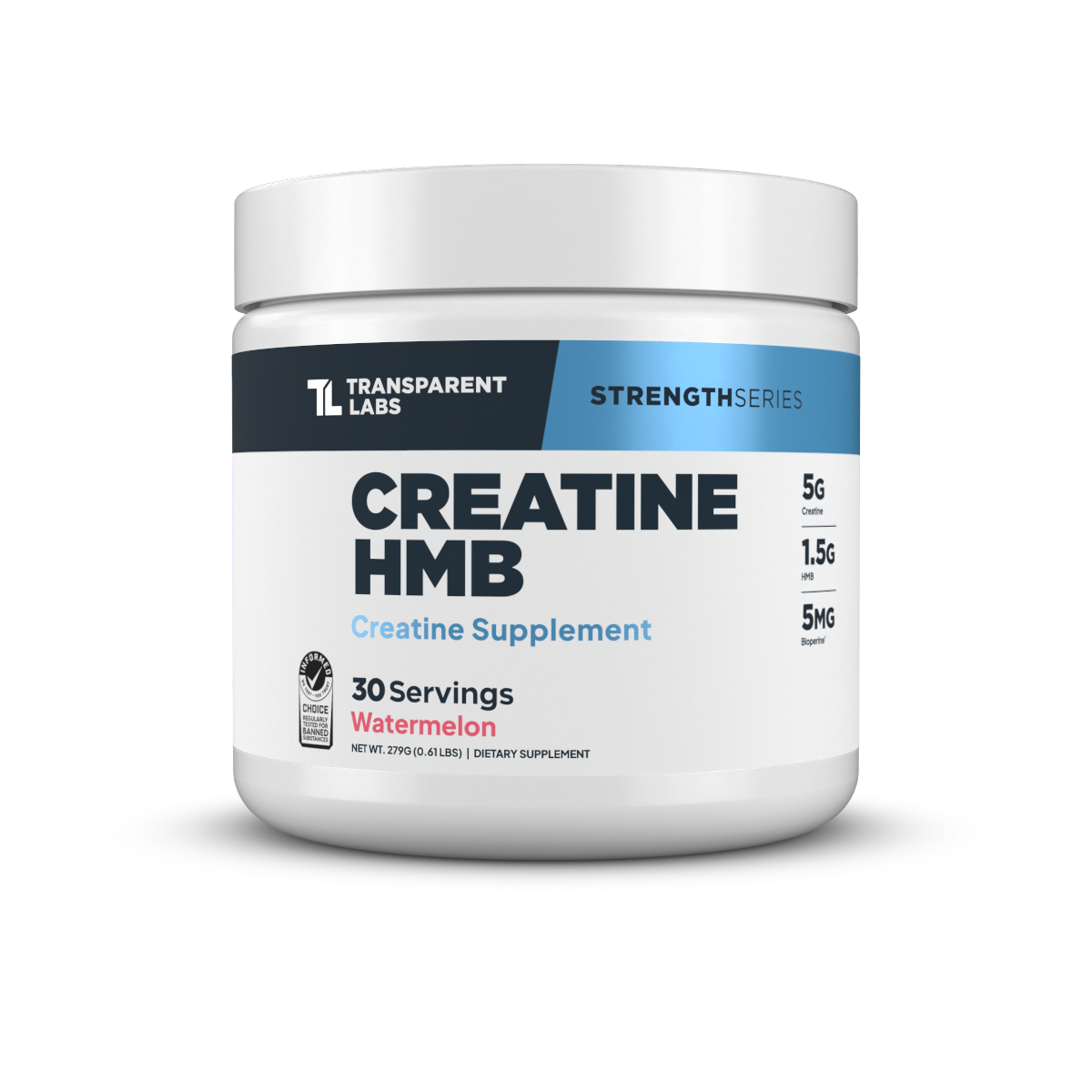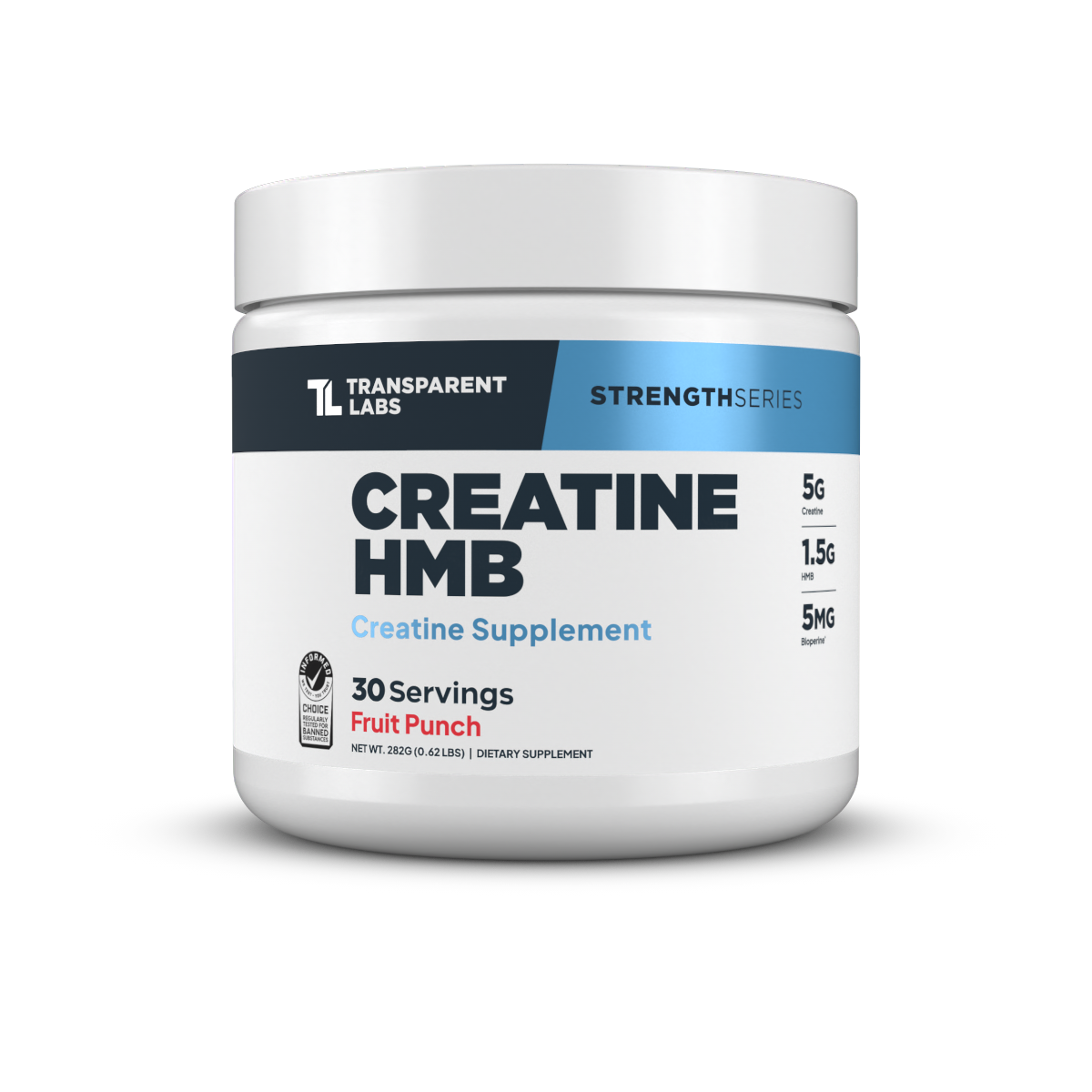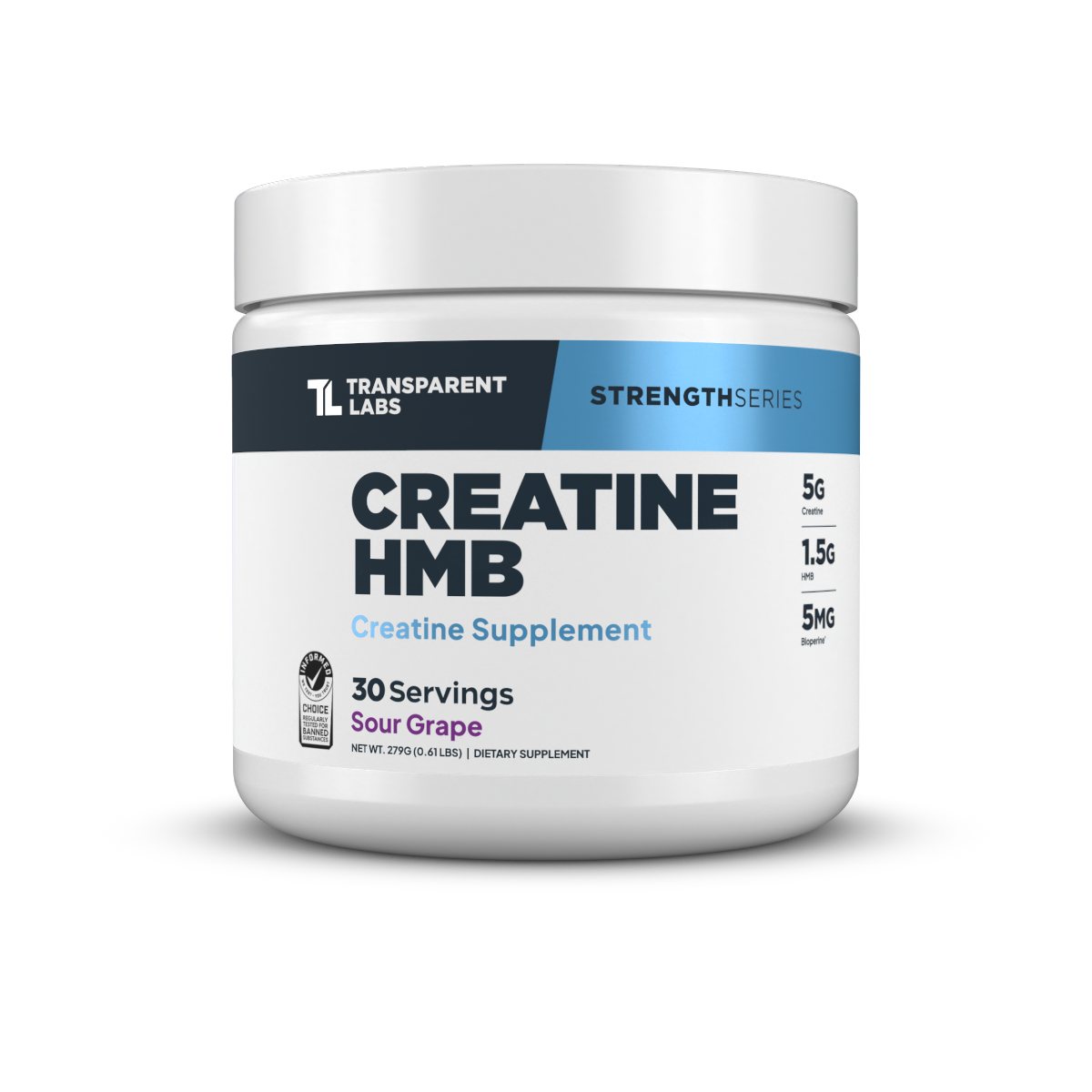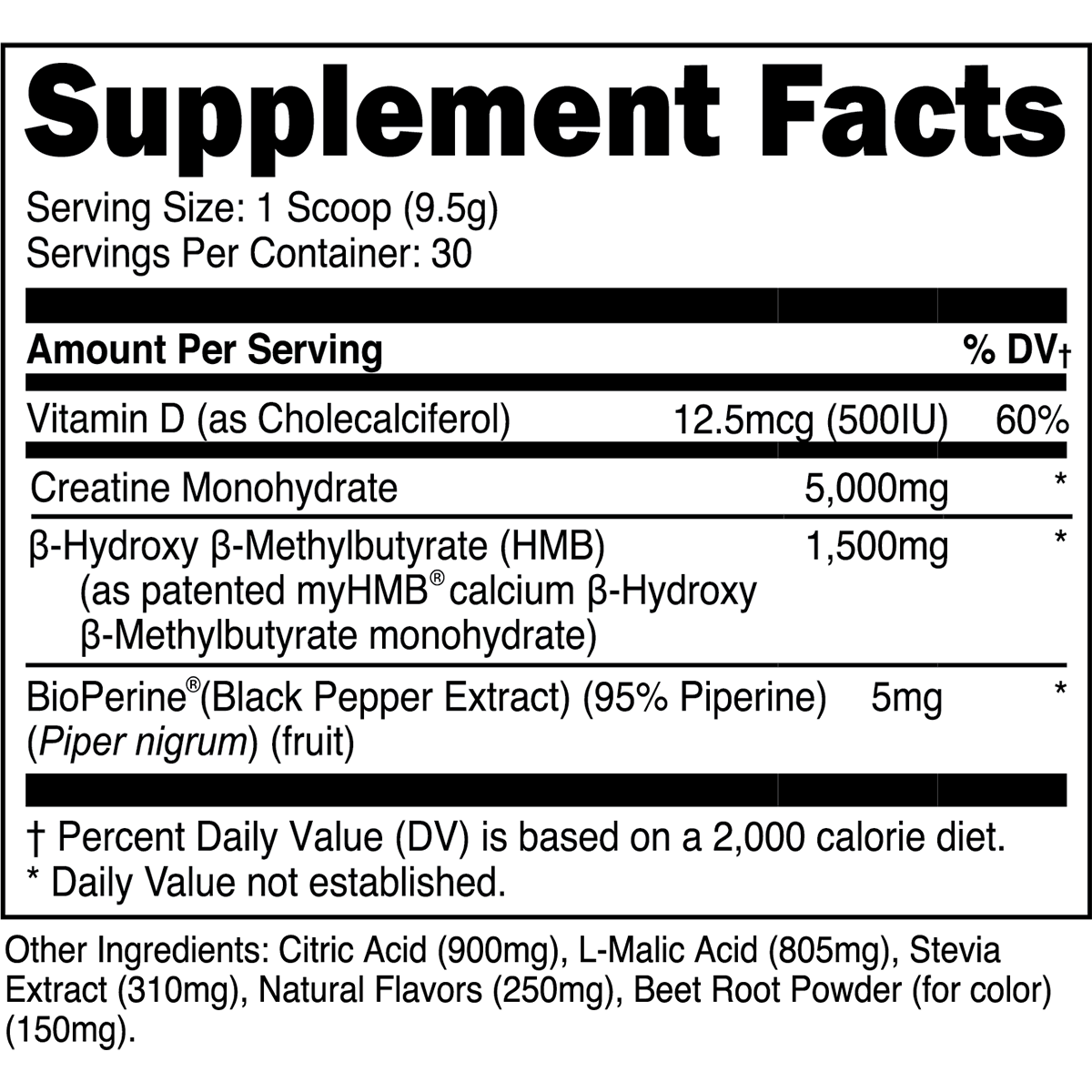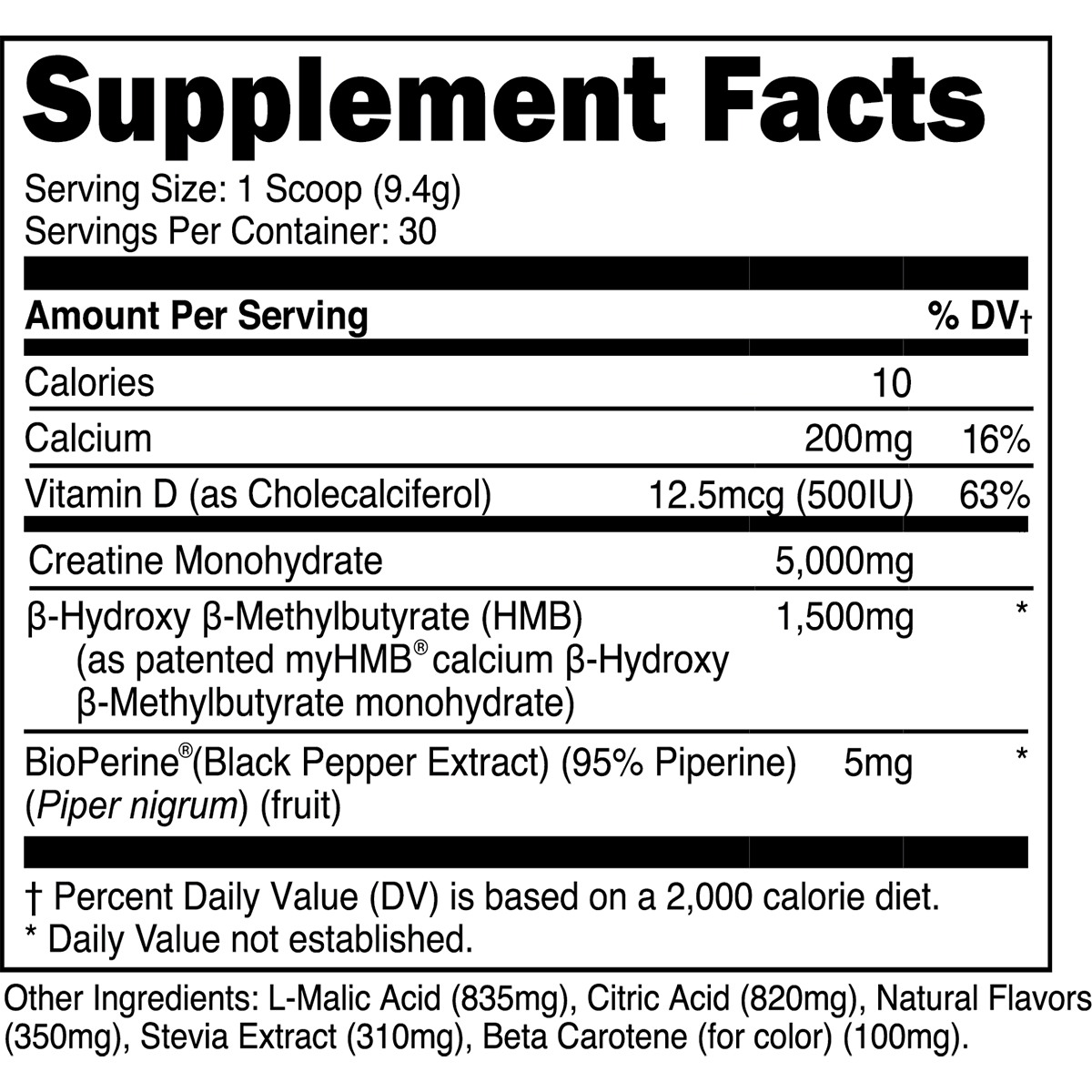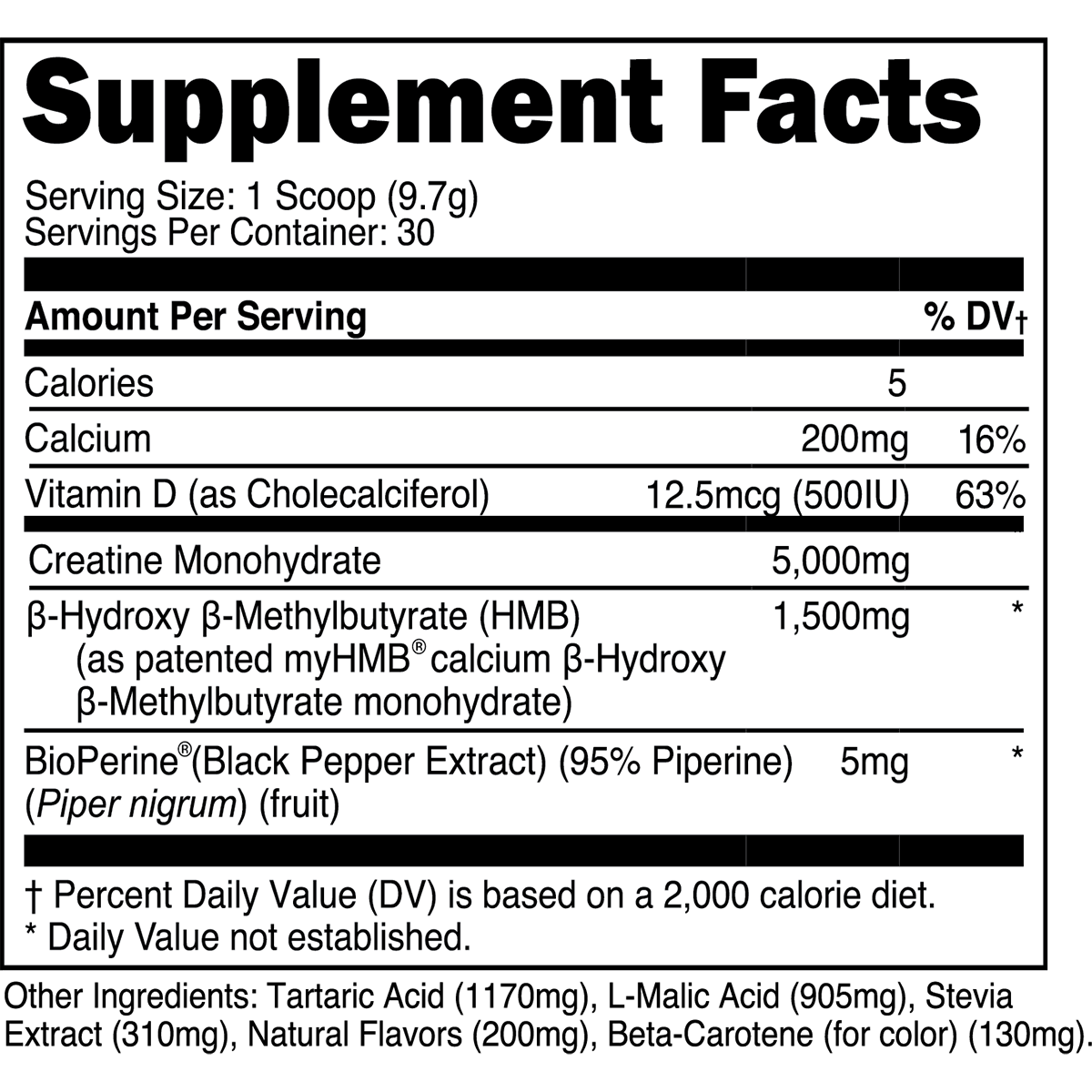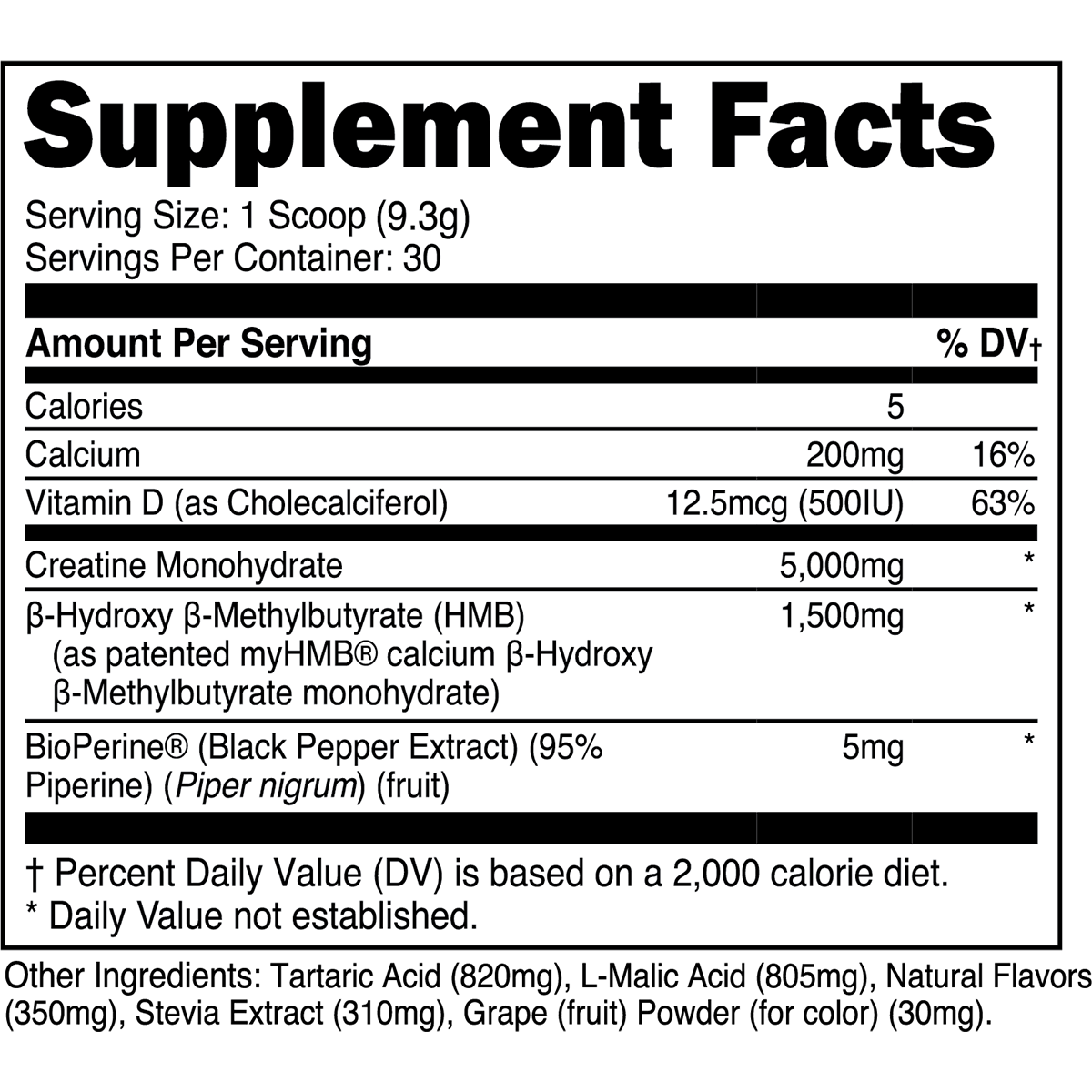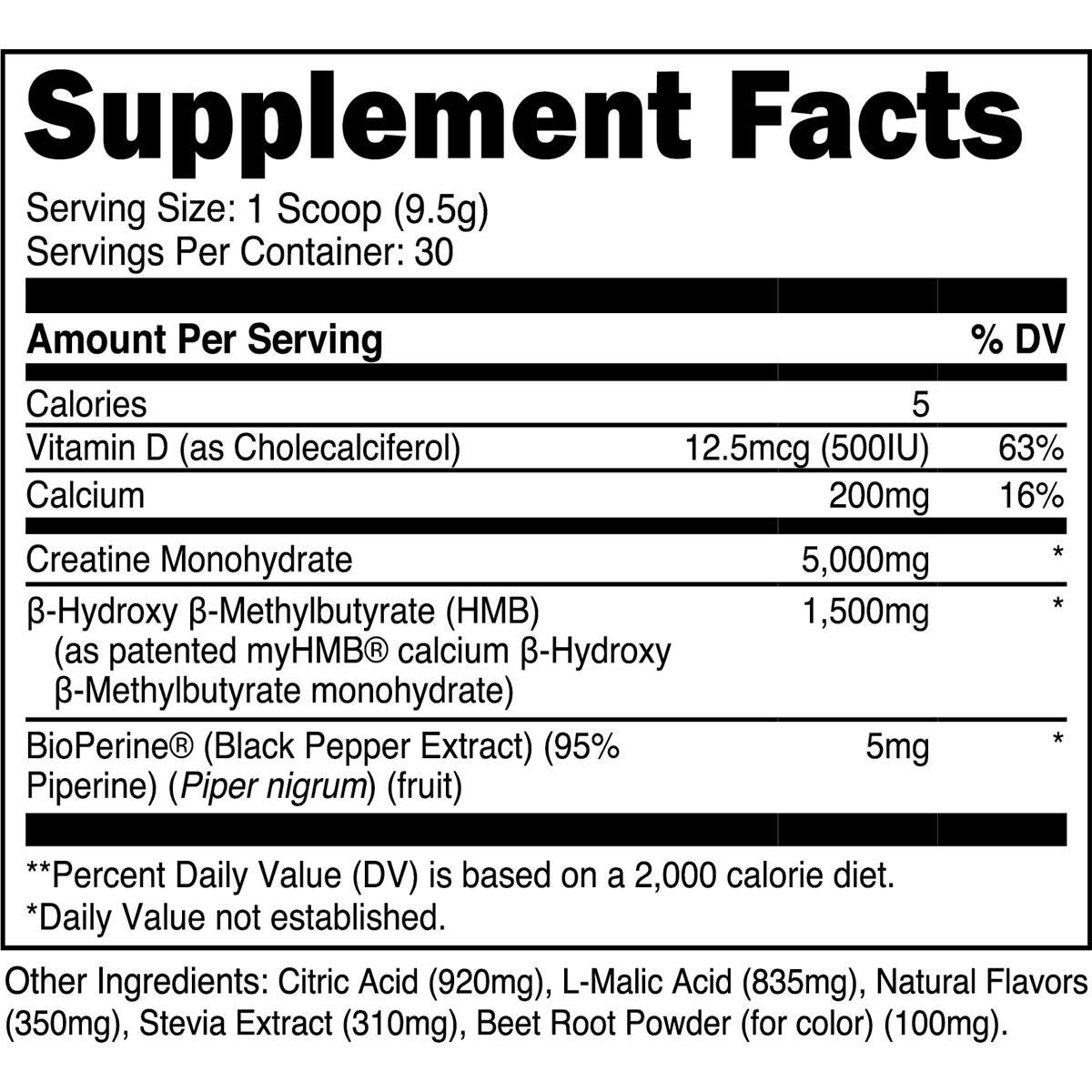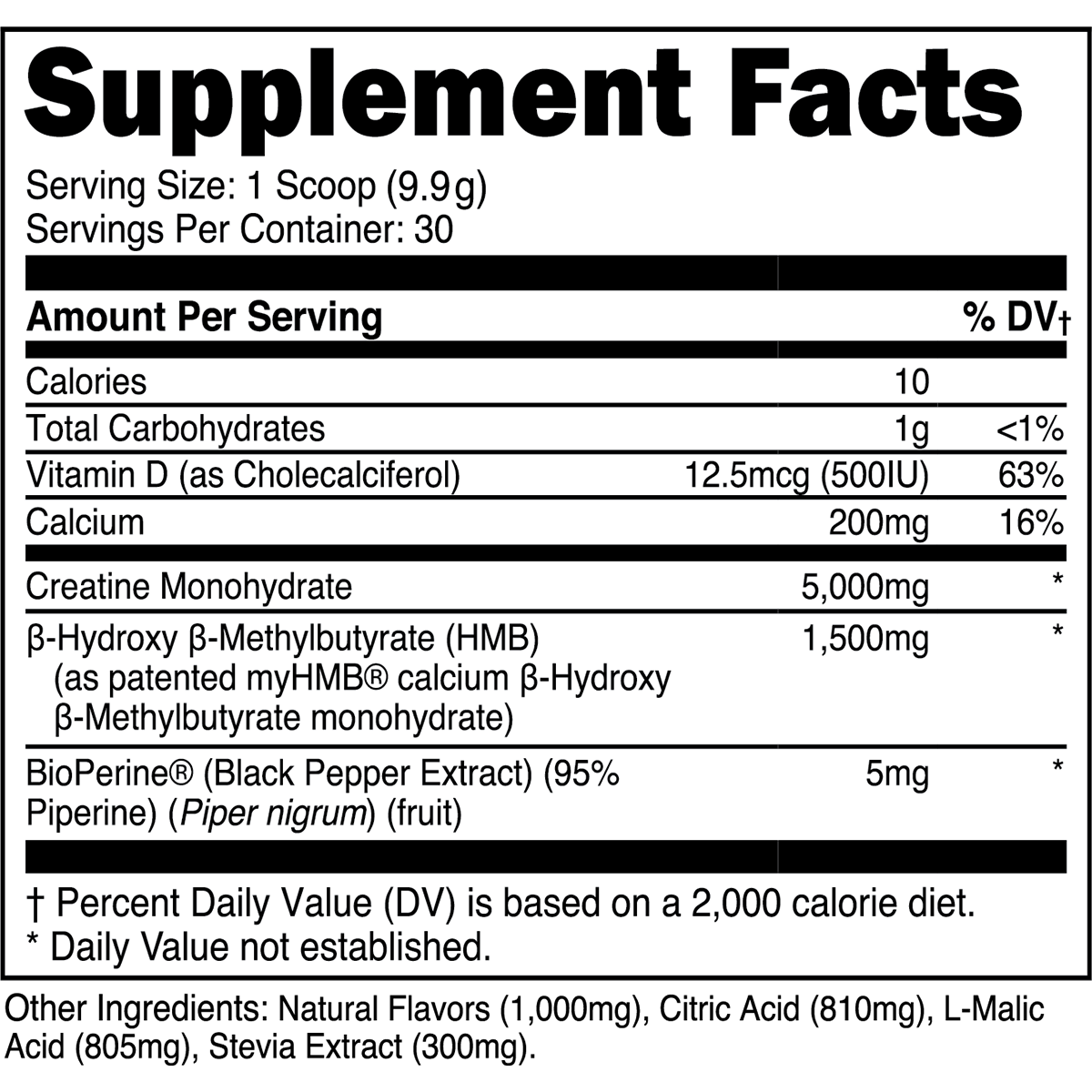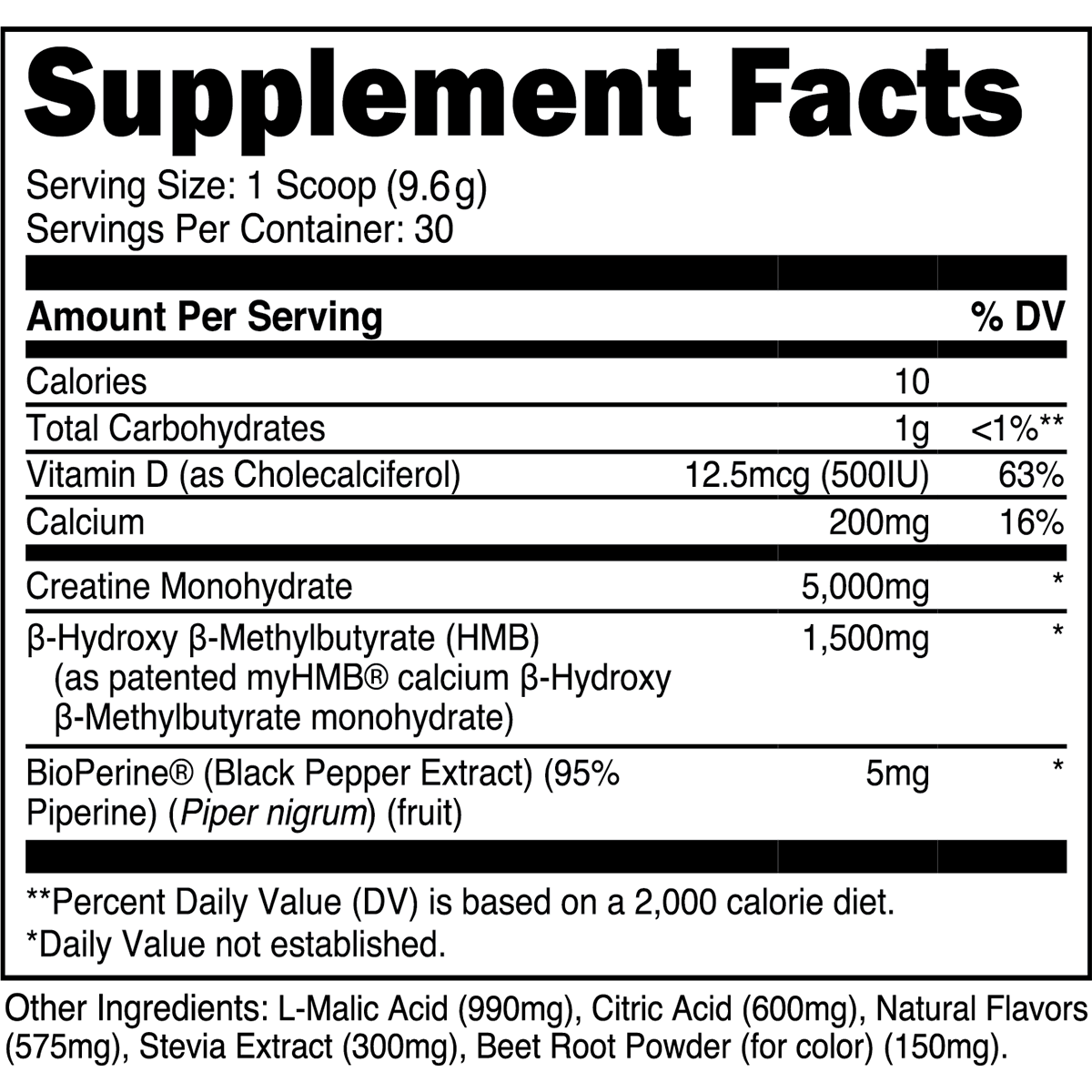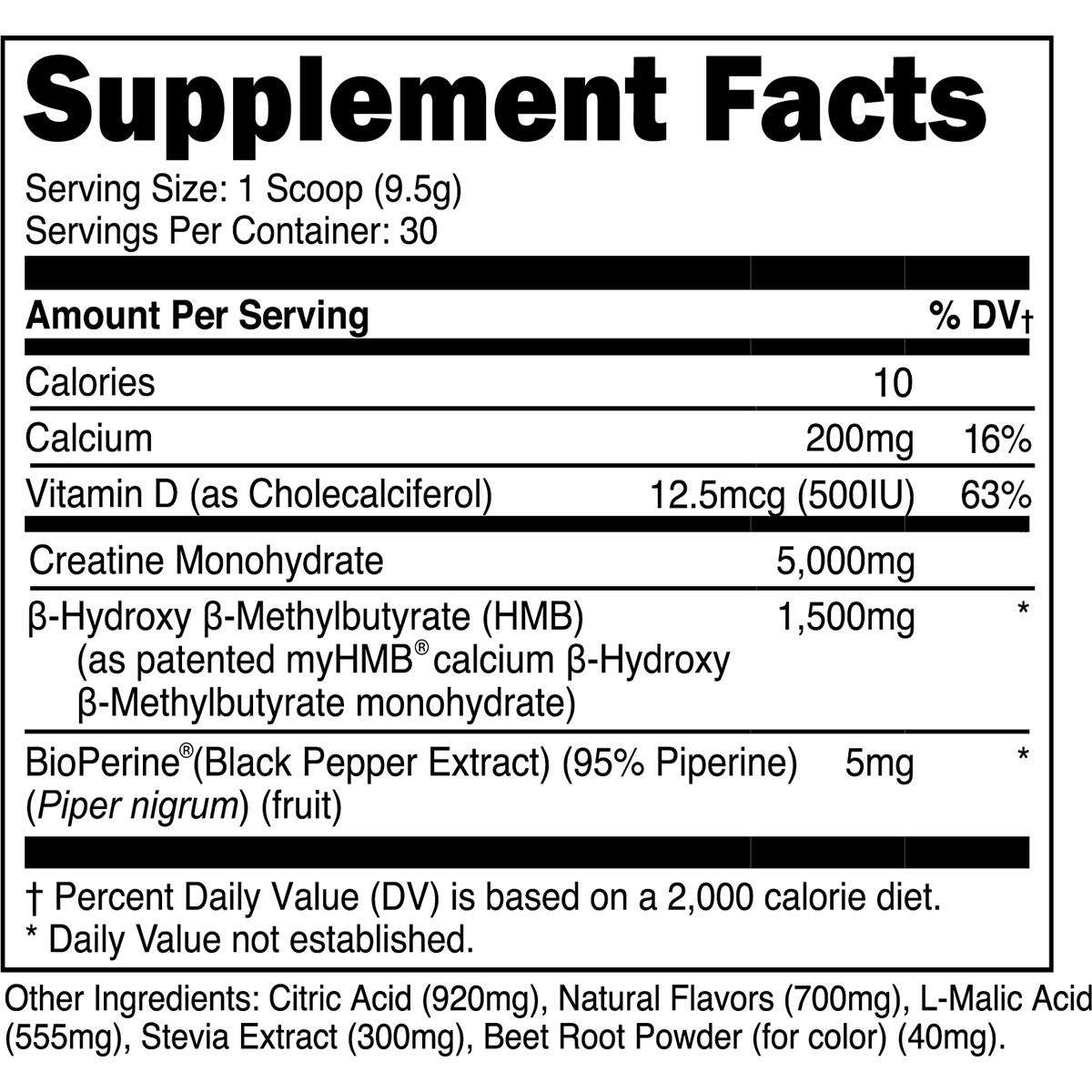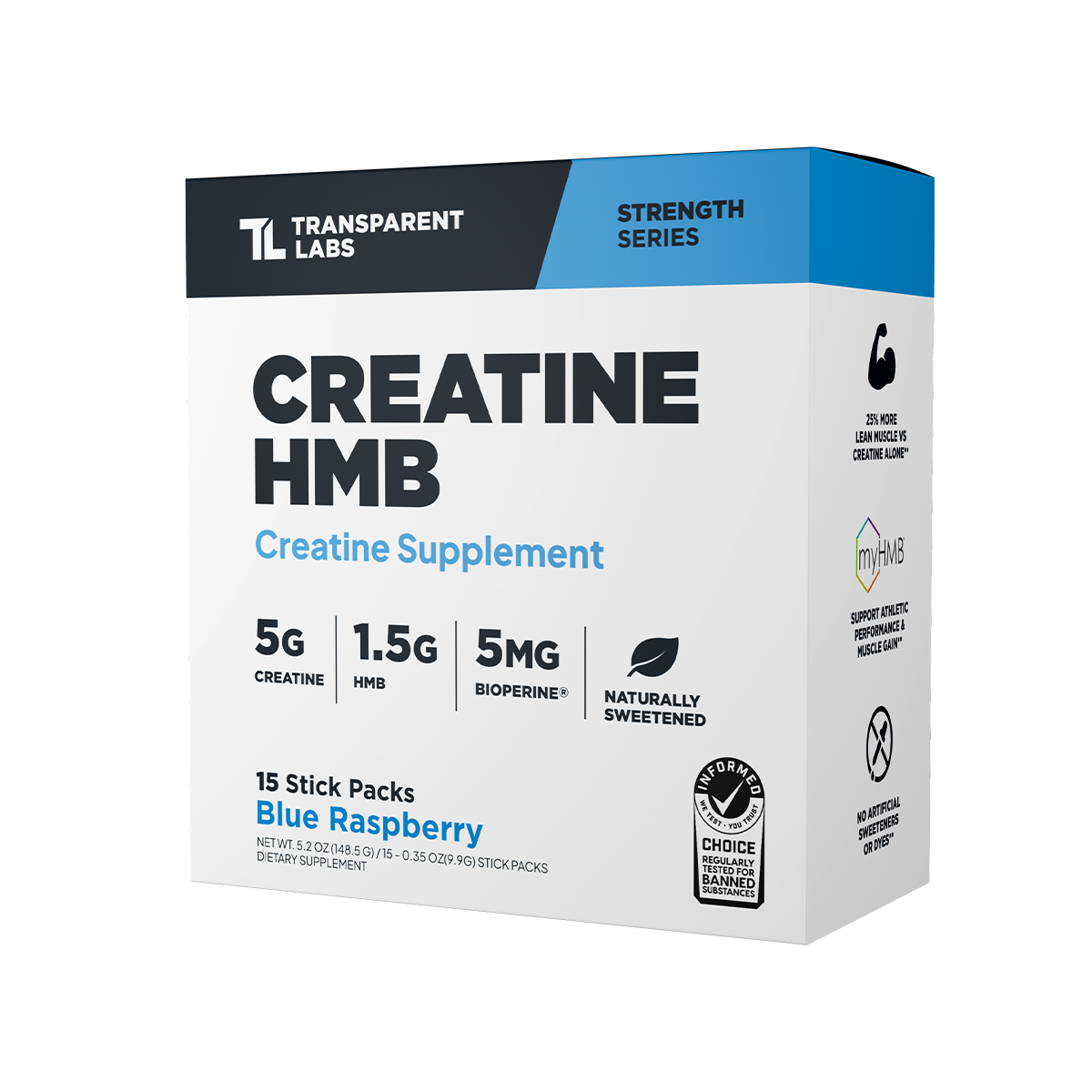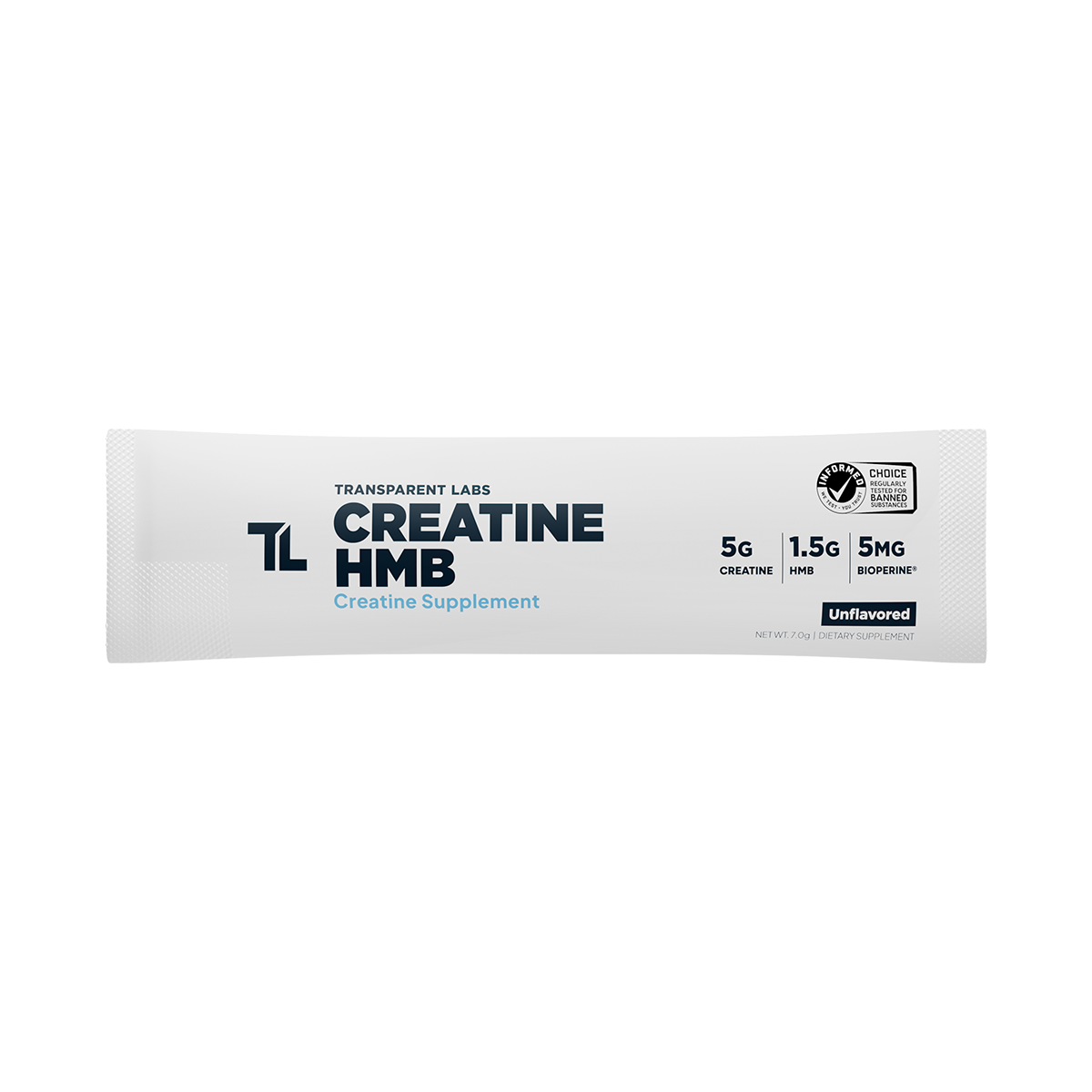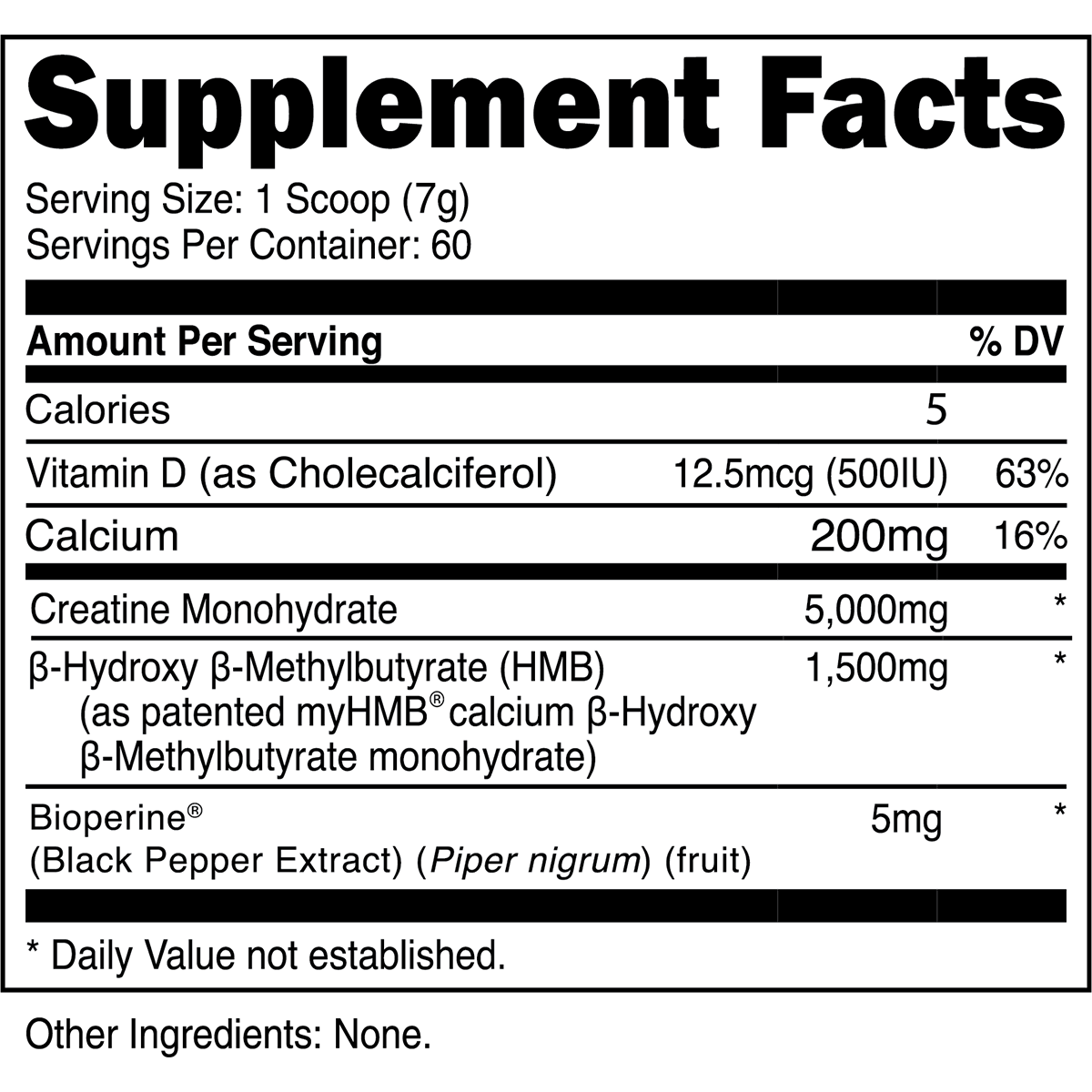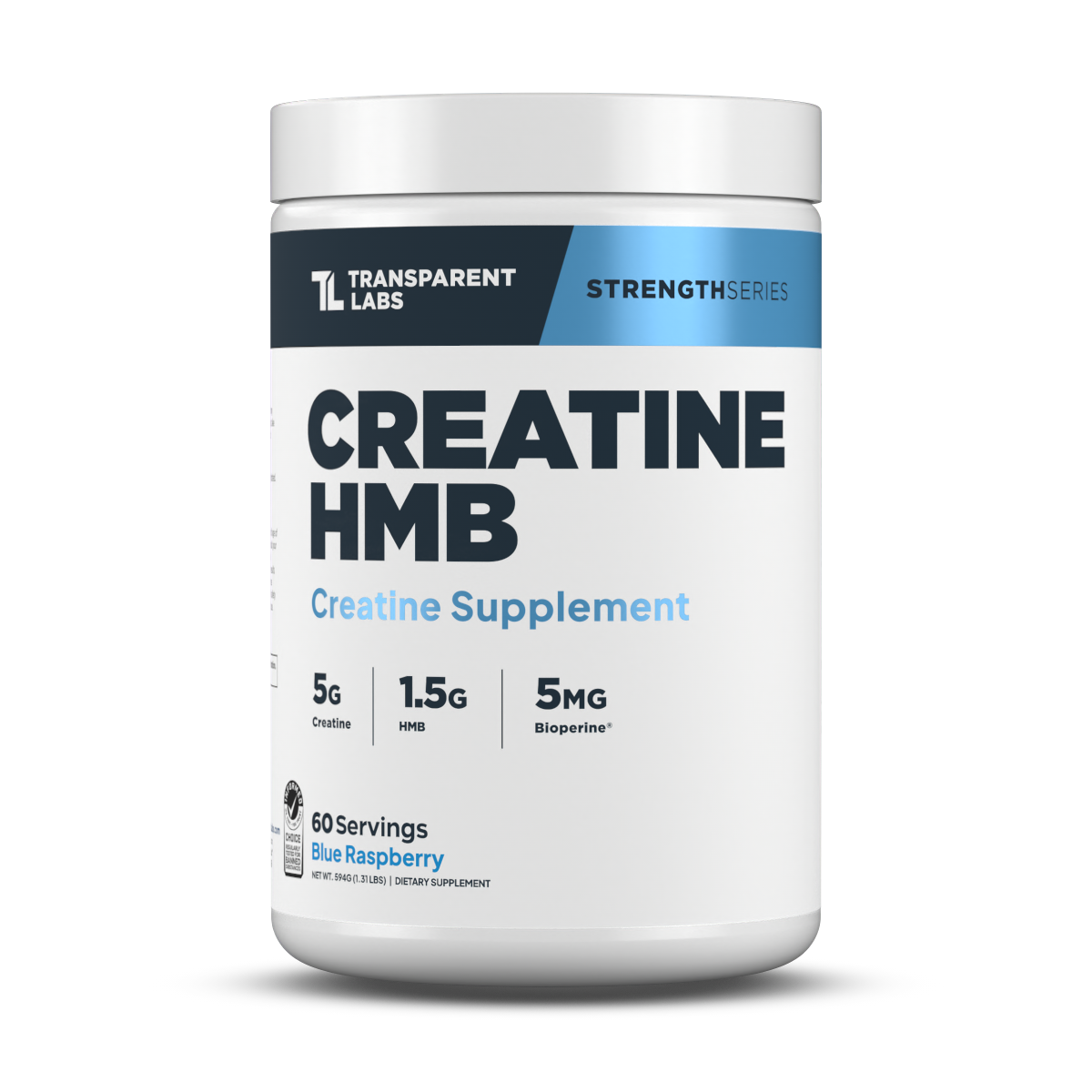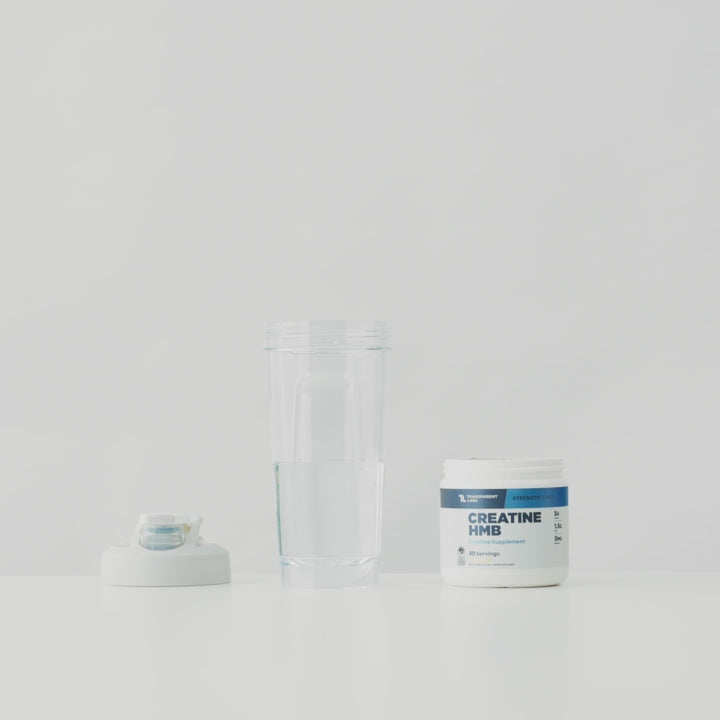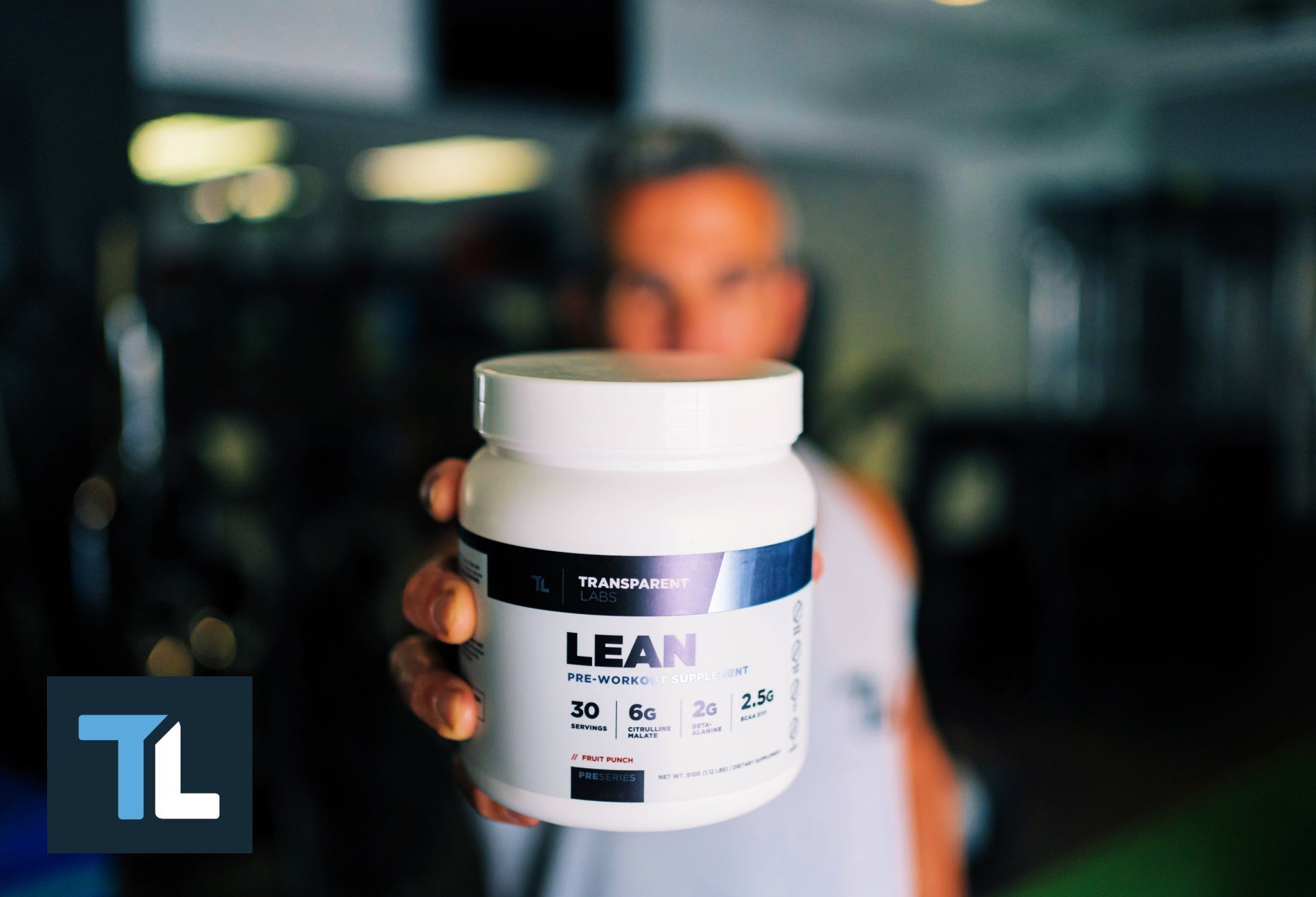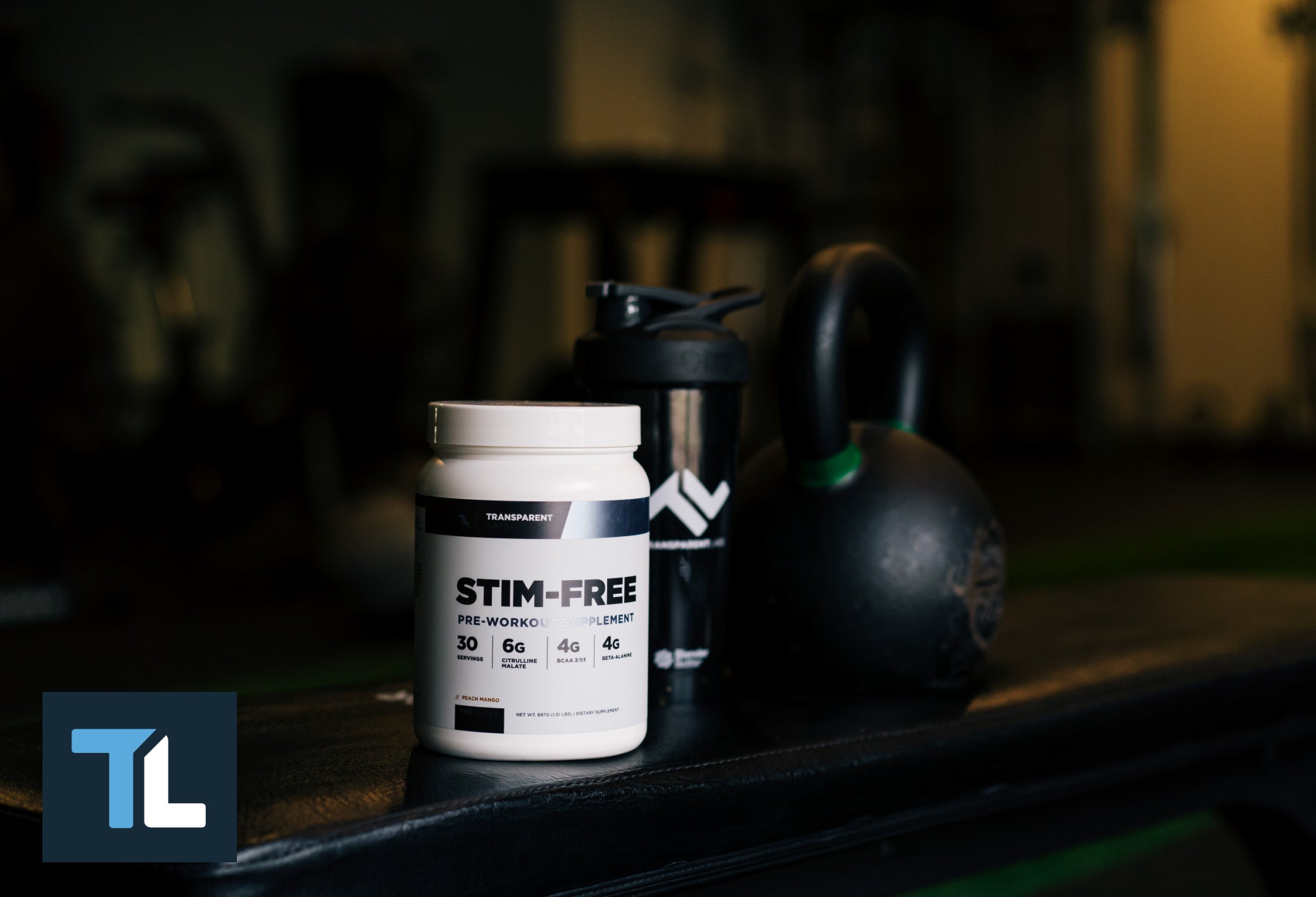Men and women may have different aesthetic goals when it comes to building muscle, but building muscle boils down to the same principles.
"I want to be strong...I just don't want to be bulky."
It's a sentence said by many women throughout the gym. And no matter how many science-backed articles are written on the topic, some women still refuse to believe this two-word response: You won't.
There are many factors in female muscle growth, including training, programming, nutrition, and even rest days. If you want to build muscle, but fear adding excess body mass, know that you would need to be in an extreme caloric surplus in order to do so.
Building muscle has physical, mental, and aesthetic benefits, whether you want to increase your one-rep max in the squat rack, improve your 5K PR, or sign up for a female bodybuilding competition.
Below, we teach you everything you need to stimulate muscle growth
Please note: This post is meant for informational purposes only and should not be taken as medical advice. If you are beginning a new strength training or bodybuilding program, please consult your personal trainer or physician.
Understanding the Basics of Muscle Building
Building muscle occurs through a process called muscle protein synthesis. Also known as MPS, it's a metabolic process that moves amino acids (the building blocks of proteins) into your muscle, which builds new muscle tissue. So how do you kickstart the MPS process? A combination of resistance training and getting enough protein (for those amino acids), per a 2012 study in The Journal of Physiology.
So what's the difference between muscle building for men and women?
Testosterone. That's it.
Men respond to strength training differently than women because they have up to 15 times the amount of testosterone as women, per a 2018 Endocrine Reviews report. This allows men to build muscle faster than women. That's also why it's harder for women to bulk up from strength training.
If you’re a female bodybuilder looking to increase muscle mass, know that you will likely need to increase your calorie and protein intake to get there. If getting enough calories on a daily basis is difficult for you, you might benefit from the ProteinSeries Mass Gainer.
Strength training and muscle development come with many health benefits, including boosting your resting metabolic rate (metabolism), reducing body fat, supporting cognitive function, and boosting self-esteem. If that isn't enough motivation to switch up your workout routine, it also improves your insulin sensitivity, cardiovascular health, blood pressure, and cholesterol levels, per 2012 research in Current Sports Medicine Reports.
How to Build Muscle for Women
Building muscle can help you shatter your PRs at the gym, achieve your dream body composition, and improve your overall health and wellbeing. With that being said, you may need to tweak your training —and your mindset — to promote female muscle growth.
To build muscle mass, you must prioritize a muscle-building fitness regimen and diet plan.

Exercise
Lift Heavy
Strong women aren't afraid to challenge their bodies in different ways. Once in a while, that means grabbing a heavy pair of dumbbells and seeing just how much you can lift.
In order to build lean muscle, your weight-training program should challenge your body in different ways — also known as progressive overload. This means combining compound movements (which target larger muscle groups) with isolated exercises (which focus on accessory muscles), continuously upping the weight you lift, and tweaking your sets and reps.
Compound exercises consist of squats, deadlifts, lunges, hip thrusts, bench presses, chin-ups and pull-ups, and push-ups.
Some examples of isolated movements you can include are cable kickbacks, leg extensions and leg curls, bicep curls, shoulder raises, and lat pulldown.
It's important to note that while you can't spot-reduce fat (as in, target weight loss in a specific area of your body), you can spot gain with a strategic strength training routine. For example, if your goal is to grow your glutes, prioritizing glute-specific lower-body exercises into your workout plan over other exercises will help you get there.
Research shows that you need to complete, at the very least, four sets of a specific exercise for muscle growth; that's the minimum effective dose. Ideally, five to 10 sets a week is best. So if your goal is glute growth, aim for five to 10 sets of glute exercises a week, including both compound and isolated.
Add in Cardio
Adding cardio to your workout plan isn't just a good idea for heart health, it can also help reveal those hard-earned muscles. If you're holding onto excess body fat, combining cardio with your strength training routine can help you lower your body fat percentage so you can achieve that toned look.
If you're not a fan of jogging or running, try a HIIT or a fast-paced bodyweight workout to torch cals. Bodyweight exercises aren't as effective as lifting weights for building lean muscle, but they do have their time and place.
Have a Structured Plan
You've heard the saying, "If you fail to plan, you plan to fail." That most definitely applies to your fitness routine. Walking into the weight room with zero clue of what you're doing won't get you the results you're after. Consider hiring a personal trainer to get you started or have a qualified professional build you a workout plan.
Nutrition
Ditch the Calorie-Restricted Diet
Unfortunately, the diet mentality and mainstream media have promoted calorie restriction, carb-counting, and low-protein diets for decades. However, none of the above will help you add lean muscle mass to your physique.
In order to build muscle, you need to eat.
Does this mean gorging on sweets and fried foods? Absolutely not. It just means that you need to consume an adequate amount of protein (we repeat: especially protein) and balance it out with healthy fats and carbs.
And if weight loss is your goal, you should still be eating adequate amounts of protein to sustain muscle growth while doing both cardio and resistance exercises, according to a 2017 report in Advances in Nutrition. Eating enough protein as well as strength training is the only way to preserve lean muscle when you're in a calorie deficit for weight loss. Eating more protein may also help you avoid fat gain because protein keeps you fuller for longer, which means fewer cravings.
Increase Your Protein Intake
It's a well-known fact that protein aids in both male and female muscle growth. And, if you want to build lean muscle, you will likely need to increase your protein intake.
Here’s why: Every time you work out, particularly with weights, skeletal muscle fibers in your body tear apart on a microscopic level. In order for them to repair and rebuild — growing larger and stronger — they need protein.
The official The Recommended Dietary Allowance (RDA) is a mere 0.8 grams of protein per kilogram of bodyweight (or 0.36 per pound). However, these calculations are based on the needs of a sedentary adult — not someone who's pumping iron at the gym.
Research in the Strength and Conditioning Journal shows that 1.5–1.7 grams of protein per kilogram of body weight (or 0.68–0.77 grams of protein per pound of body weight) will help build muscle. That means if you weigh 63 kilograms (or around 140 pounds), you should aim for 95–108 grams of protein per day.
Consider Taking Supplements
If you struggle to get enough protein in your diet or find yourself feeling tired or lethargic after workouts, you may need to turn to supplements. Unfortunately, many muscle building supplements sold on Amazon have little to no scientific data to back up their claims.
Therefore, it's important that — as an athlete — you Google your potential supplements and do your own research.
As you look to build muscle, here are three supplements to consider adding to your routine:
-
Creatine: Creatine is an amino acid-like molecule found in skeletal muscle groups, the heart, and your brain. Creatine has been shown to increase lean muscle mass, reduce fatigue, prevent dehydration, and improve cognition.
-
Whey protein powder: Whey protein is recognized as the most efficient protein source. In various studies, whey protein has been used as a growth factor to increase muscle building, release anabolic hormones, and promote fat loss.
-
Beta-alanine: Beta-alanine is an amino acid used as a common ingredient in pre-workout shakes and supplements—and it's responsible for giving you that tingly feeling. Beta-alanine has been shown to improve your exercise performance, endurance levels, sprint performance, and overall muscle growth.

Make Time for Rest and Recovery
OK so you're putting in the work at the gym and kitchen. But it's just as important to make time for R&R.
Rest days are critical for growth because that's when your muscles actually recover and rebuild, and that's where the magic muscle growth happens.
-
The role of sleep and stress management.
-
Listening to your body during menstrual cycle
Fine-Tune Your Training and Nutrition to Promote Female Muscle Growth
At one point, many women avoided strength training because they didn't want a bulky body frame. However, science has shown strength training comes with a number of health benefits, from improved self-esteem and body composition to lowered blood pressure and better cardiovascular function.
Female lifters will need to fine-tune their training schedule and nutrition plan in order to build muscle. Inside the gym, women should strike a balance between compound movements and heavy strength training. Outside the gym, they should increase their protein intake and ditch the diet mentality to promote muscle growth.
Supplements can help you increase muscle mass and reach your goals. Creatine, 100% grass-fed whey protein powder, and beta-alanine are three supplements that can help female muscle growth. Whey protein should be taken as a post-workout recovery shake within 30 minutes following your workout. You can take creatine anytime throughout the day, but ideally after your workout.


